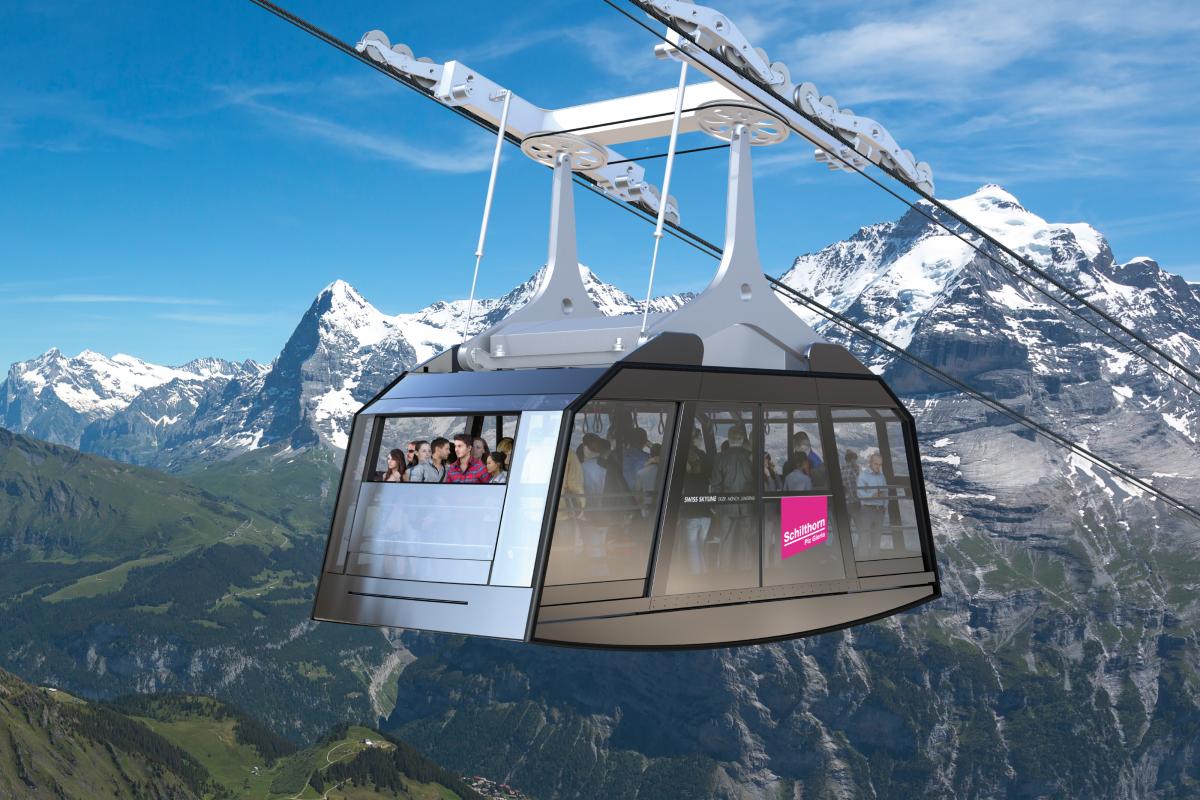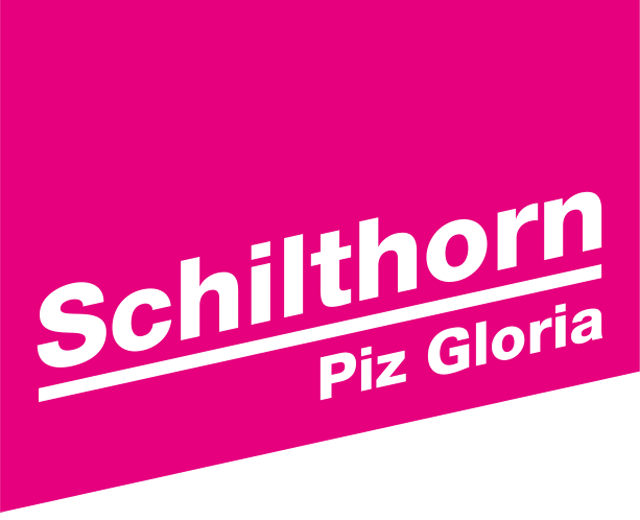Funifor

A Funifor is a cable car system featuring a pair of carrier cables running parallel to each other, the distance between them being almost the same or greater than the width of the cable car cabin.
The Doppelmayr/Garaventa Funifor patent is an outstanding innovation in cable car technology and opens up previously unheard of opportunities. From a technical perspective, the Funifor traction cable system comprises a single spliced cable ring. In both stations, the cable is deflected via vertical discs: two at the drive station in the valley and two at the return station on the mountain. The large distance between the carrier cables prevents any lateral swinging movement and guarantees high wind stability. The drive in the cabins is equipped with four horizontal compensating sheaves which do away with the need for a mechanical anchoring system between the traction cable and the drive (anchor pile or grouting pins). This makes it possible to check the whole length of the traction cable at any time.
Two independently operating routes offer the possibility to operate just one cabin at a time. This makes maintenance work far easier, for example, as only one section needs to be closed at a time.
The fact that the cabins are operated independently is an important safety characteristic of the Funifor. An additional rescue cable car, the norm for standard cable cars, is therefore unnecessary, since in an emergency the intact cabin can easily be used to reach the disabled cabin. Thus, quick rescue is safely guaranteed.
The Doppelmayr/Garaventa Funifor patent is an outstanding innovation in cable car technology and opens up previously unheard of opportunities. From a technical perspective, the Funifor traction cable system comprises a single spliced cable ring. In both stations, the cable is deflected via vertical discs: two at the drive station in the valley and two at the return station on the mountain. The large distance between the carrier cables prevents any lateral swinging movement and guarantees high wind stability. The drive in the cabins is equipped with four horizontal compensating sheaves which do away with the need for a mechanical anchoring system between the traction cable and the drive (anchor pile or grouting pins). This makes it possible to check the whole length of the traction cable at any time.
Two independently operating routes offer the possibility to operate just one cabin at a time. This makes maintenance work far easier, for example, as only one section needs to be closed at a time.
The fact that the cabins are operated independently is an important safety characteristic of the Funifor. An additional rescue cable car, the norm for standard cable cars, is therefore unnecessary, since in an emergency the intact cabin can easily be used to reach the disabled cabin. Thus, quick rescue is safely guaranteed.
Schilthornbahn 20XX
In the Schilthornbahn 20XX project, a Funifor system has been selected for the upper two sections (Mürren – Birg, Birg – Schilthorn).
The reasons for this are as follows:
The reasons for this are as follows:
-
Wind stability -
Compact, low-rise station buildings are possible thanks to the short hanger (cabin) -
Separate drives for the individual cabins -
Maintenance friendly 









